This website uses cookies so that we can provide you with the best user experience possible. Cookie information is stored in your browser and performs functions such as recognising you when you return to our website and helping our team to understand which sections of the website you find most interesting and useful.
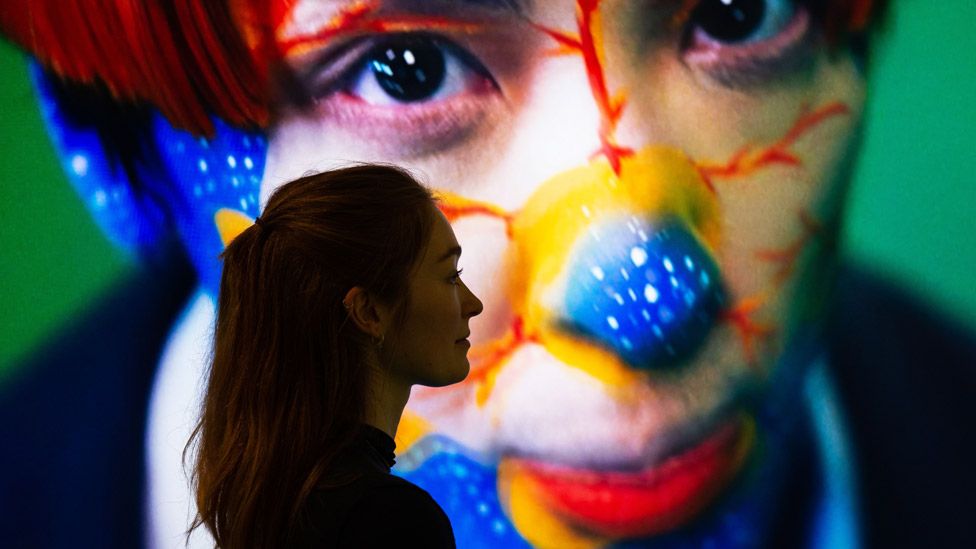 Image source, EPA
Image source, EPASin Wai Kin is one of the four artists nominated for this year's Turner Prize
A K-Pop-style boy band, a post-apocalyptic twilight zone and a pack of menacing machines are among the artistic creations going on show at this year's Turner Prize exhibition.
Artists Heather Phillipson, Veronica Ryan, Sin Wai Kin and Ingrid Pollard all, in their different ways, deal with "the big issues of our time", according to Tate Liverpool director Helen Legg.
"Climate change, race, gender, politics, the aftermath of a pandemic - all of that is deeply embedded in the work of these four artists."
Work by the quartet of nominees for the prestigious contemporary art award will go on show at Tate Liverpool this week.
Liverpool is the first city outside London to host the Turner Prize twice.
To find out about the contenders' work and what it all means, read on.
Heather Phillipson's parallel universe
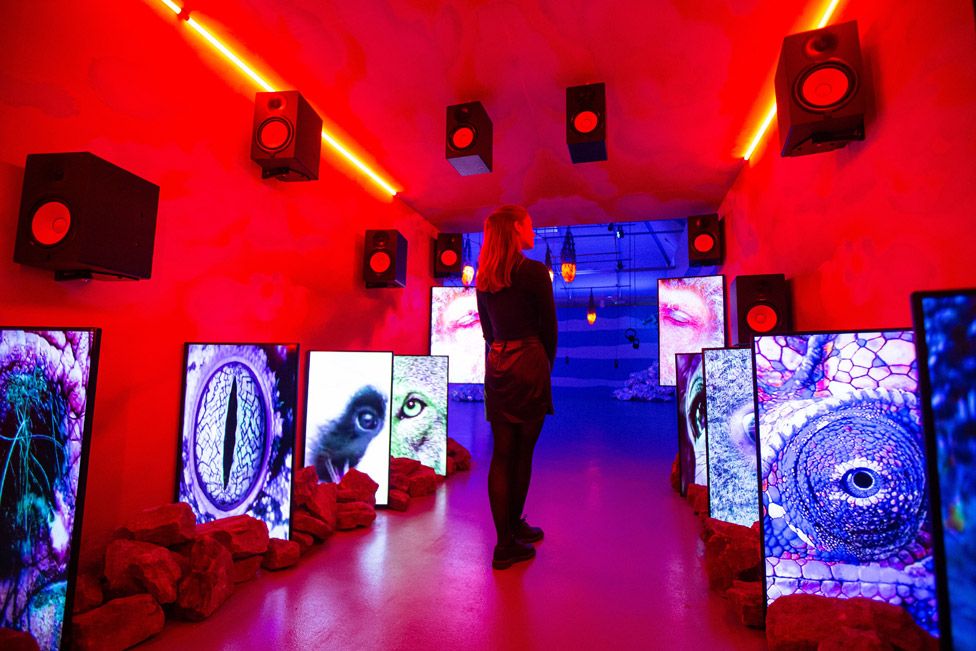
After walking through a red corridor, watched by the beady eyes of the animal kingdom, you enter Phillipson's blue-lit post-apocalyptic psychedelic landscape.
A large corrugated iron grain silo sits on sand in the middle, while clouds and birds are projected onto the walls.
Phillipson is also a musician and award-winning poet, and the room has an ambient soundscape combining remixed weather forecasts with a narration about the earth being "like a flambéed tomato".

"She describes it as a parallel universe," says Legg. "It's immersive, it's full of coloured lights, sound, video imagery that lines the walls, multiple creaturely eyes that are gazing at you as you enter.
"It does, I guess, poetically invoke the threat of climate change, but it's a deeply immersive space, and she speaks about cultivating strangeness."
Indeed, the 44-year-old artist has spoken about how she tries to "cultivate curiosity and strangeness in an attempt to get at the ecstatic experience".
Sin Wai Kin's fake pop group
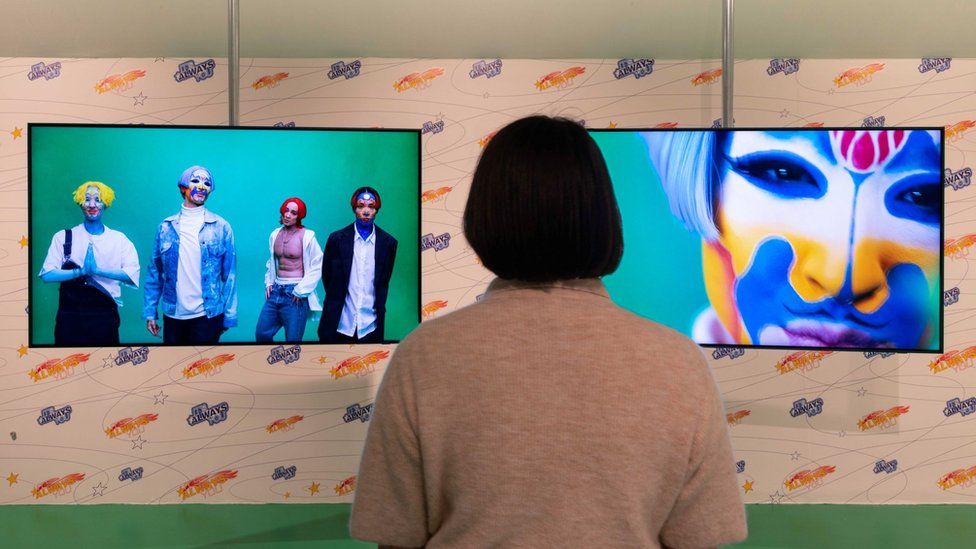
Can a boy band be art? The group formed by Sin Wai Kin, a non-binary Canadian artist, must be if it's in the Turner Prize exhibition.
Each member of the fake four-piece boy band is a different character played by Sin, 31. In the exhibition, there are cardboard cut-outs and a music video in which the band dance and lip-sync - but with a deadpan voice reciting the lyrics and the only music being a distant thudding beat.
"I think a boy band is a really perfect medium to think about how identities are constructed," Sin has said. "You have the sexy one, you have the serious one, the playful one, and this kind of individualisation of the characters is played up often for marketing purposes. But they can't exist on their own."
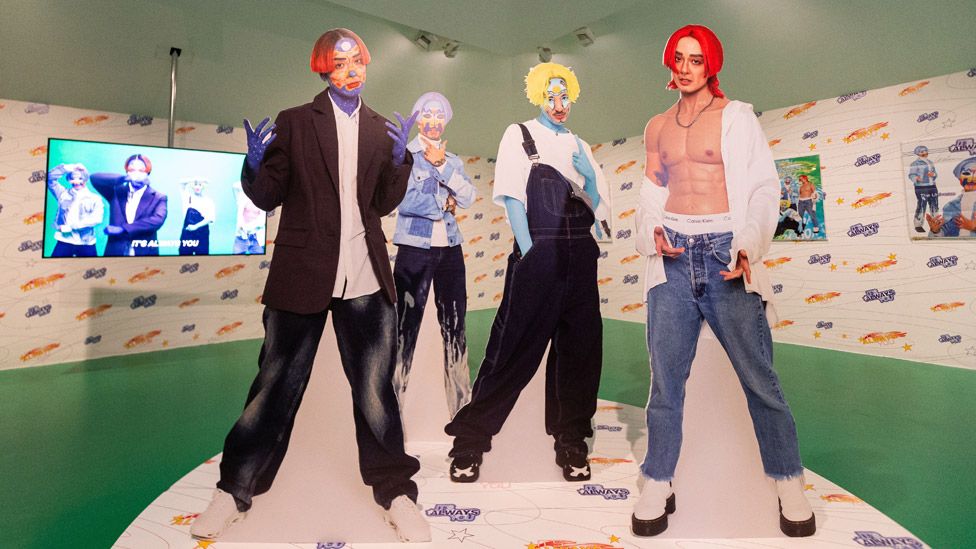
Sin also explores identity in a 23-minute video inspired by ancient Taoist philosopher Chuang Tzu's story about having a dream about being a butterfly. It was so vivid that when he woke up, he wasn't sure if he was actually now a butterfly dreaming about being a man.
Legg adds: "Sin Wai Kin uses drag costume and make-up to create numerous different characters across the spectrum of masculine and female gender identities to create their own universe, which is infinite and always growing."
Ingrid Pollard on 'racism in plain sight'
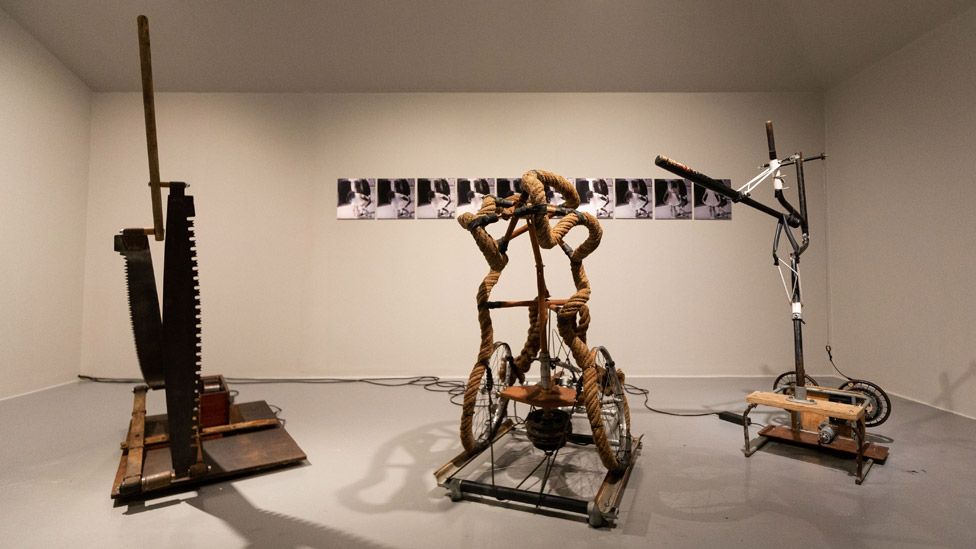
Pollard, 69, made her name as a photographer but her room in the Turner Prize exhibition includes various objects and "deals with quite political questions of race and sexual identity", Legg says.
One part of the gallery is taken up with "a study of what she calls racism hidden in plain sight".
Legg explains: "She's looked at things like pub signs. There are 68 pubs in the UK that are called the Black Boy, and she attempts to use these as evidence to convince us of the existence of racism that's permeated into popular culture."
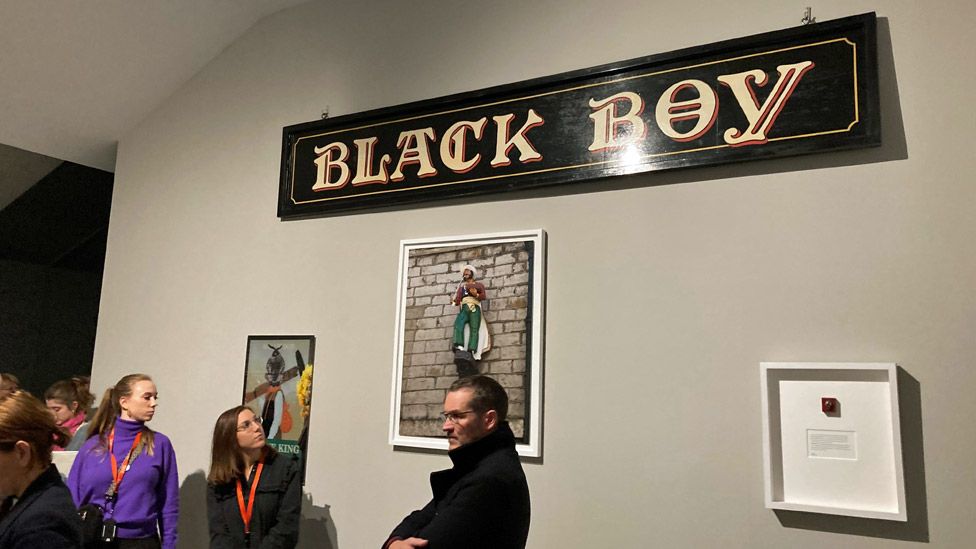
Indeed, a pub sign hangs on the gallery wall, as do white paper imprints of other pub logos, and photos of pubs and street names.
Meanwhile, at the other end of her room are monstrous home-made machines made out of things like old saws and a baseball bat with broken glass embedded, which Pollard found in the woods.
"They create a grinding, clanking sound as they move, and there's a kind of implicit threat of violence contained within them," Legg says.
Veronica Ryan's colourful seed sacks
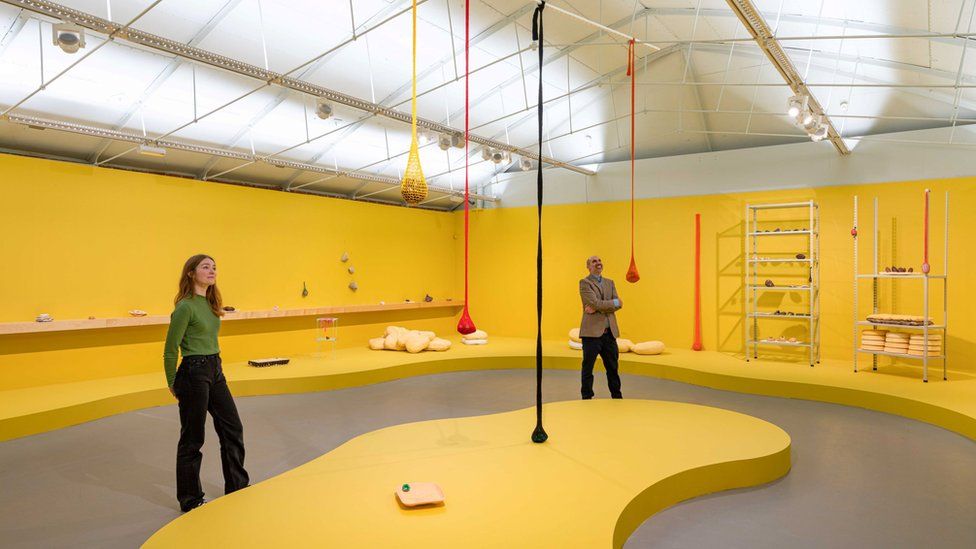
Dangling from the ceiling in Ryan's yellow room are long crocheted sacks made from fishing lines, containing casts of avocado stones, drift seeds and other items.
More hang around the edge of the room, along with other works that merge the natural and man-made worlds.
Ryan, 68, is inspired by the fruits of her home island of Montserrat in the Caribbean. Her gallery also contains piles of stained pillows in various shapes and sizes.
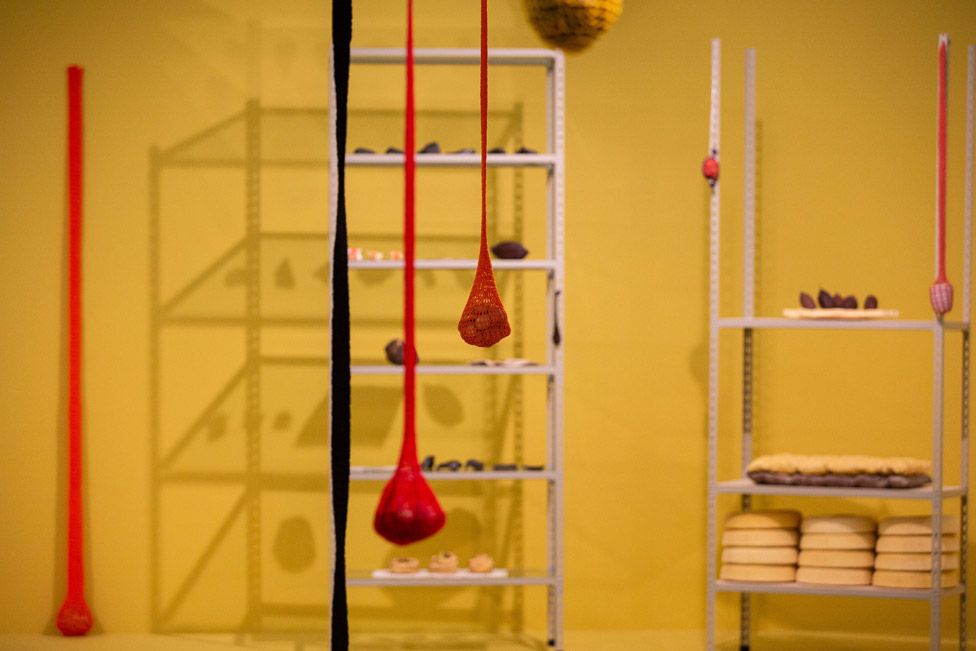
"She works with natural forms - with pods, with seeds - bringing that together with detritus of food packaging, and also elements that we would associate with care, like bandages and medical pillows," Legg says.
"She was making the work throughout the pandemic period, and she was really thinking about acts of care and nurturing, but she is very poetic in the way that she thinks about her work."
The Turner Prize winner will be announced in Liverpool on 7 December. The exhibition runs from 20 October to 19 March.



 Africana55 Radio
Africana55 Radio 
